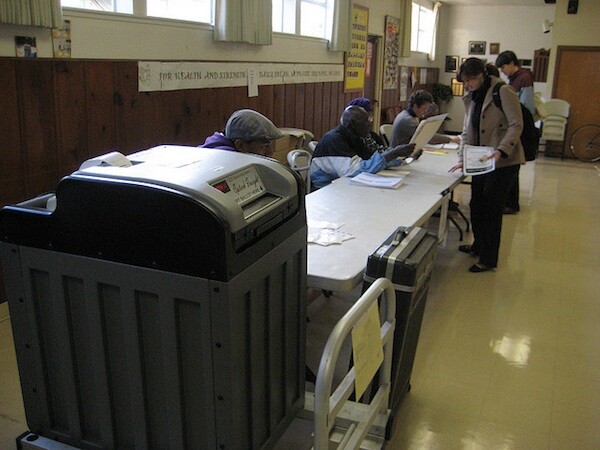Should We Limit How Often We Can Vote on Ballot Initiatives?

As the legislative sessions came to a close on Friday, our lawmakers passed a flurry of new bills. Among the proposed laws is SB 202, which removes ballot initiatives and referendum from next year's June ballot, and provides those measures will only appear on November ballots.
The question for the day is whether this initiative consolidation is a good idea. I'm all for less initiatives, but this just means we will vote on initiatives less often, not that there will be fewer of them.
The author of the measure, Senator Loni Hancock (D), said it promotes "good government" by allowing the people to vote on initiatives only in the higher turnout November elections, as opposed also weighing in on citizen-initiated ballot measures in the historically lower turnout June elections. The purpose behind the measure is to prevent initiatives that pass with the approval of only a very small percentage of the overall electorate.
If the people must vote on ballot initiatives, it does make some sense to only permit initiatives to appear during higher turnout elections. However, it will also mean that members of the electorate will face perhaps double the number of initiatives on a single election ballot. Some fear this change will mean that voters, with limited time and attention spans, could gloss over important decisions.
Who stands to benefit from SB 202? Not surprisingly, it is quite likely that Democrats would profit from the passage of the bill. Higher turnout elections tend to bring out a great percentage of Democratic-leaning, liberal voters. Lower turnout elections typically see more conservative voters.
Public employee unions have pushed hard for the passage of SB 202. They are worried about an initiative that would ban union payroll-deducted dues from being used for political purposes. Ensuring that they have a friendlier voting pool could help them defeat such a measure.
If Governor Brown signs this bill, California would join the great majority of other states with this initiative process, which limit voting on such measures to November elections. As with so many proposed changes to the initiative process, SB 202 is an incremental change that would largely benefit the sponsors of the bill. SB 202 does not provide the type of comprehensive reform that our initiative process so desperately needs.
Jessica Levinson writes about the intersection of law and government every Monday. She is a Visiting Professor at Loyola Law School.
Stay in touch with KCET by following our news updates on Twitter and Facebook.
The photo used on this post is by Flickr user -Andrew-. It was used under a Creative Commons License.


